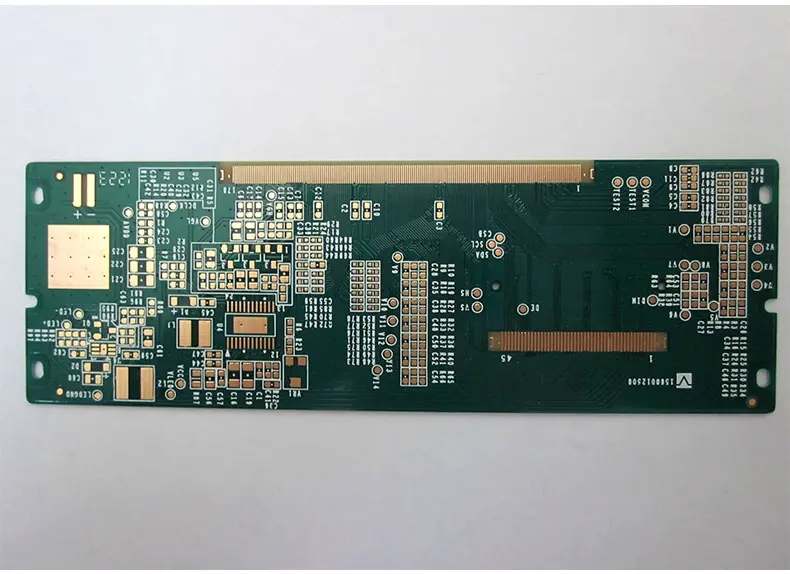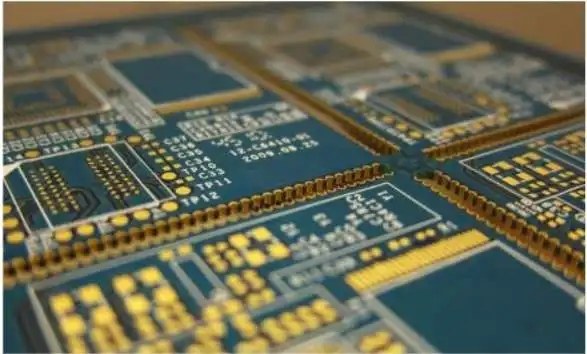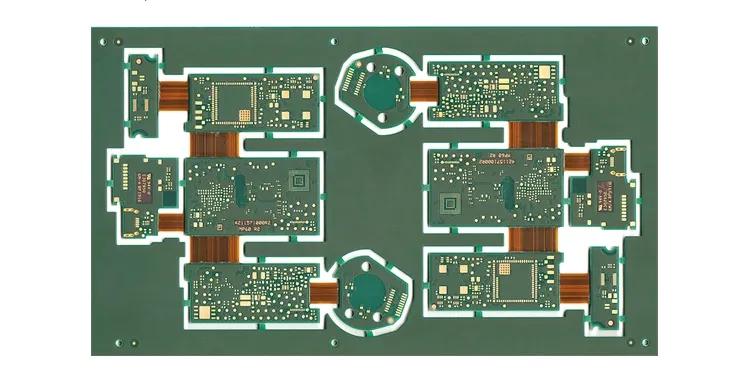
Analysis of pcb circuit board grounding mode in circuit board design
The circuit board factory explains the grounding treatment methods of single point grounding, multi-point grounding and floating grounding in circuit board design.
Single point grounding
Single point grounding refers to that in the whole system, only one physical point is defined as the grounding reference point, and all other points that need to be grounded are connected to this point.
Single point grounding is applicable to circuits with low frequency (less than 1MHZ). If the operating frequency of the system is so high that the operating wavelength is comparable to the length of the system grounding lead, the single point grounding mode is problematic. When the length of the ground wire is close to 1/4 wavelength, it is like a transmission line with short circuit at the terminal. The current and voltage of the ground wire are distributed as standing waves, and the ground wire becomes a radiation antenna, which cannot play the role of "ground".
In order to reduce the grounding impedance and avoid radiation, the length of the ground wire should be less than 1/20 wavelength. In the treatment of power circuit, single point grounding can generally be considered. For a large number of digital circuit PCBs, because they contain rich high-order harmonics, it is generally not recommended to use single point grounding.

Multipoint grounding
Multipoint grounding refers to that each grounding point in the equipment is directly connected to the nearest grounding plane to minimize the length of grounding lead.
The multipoint grounding circuit has a simple structure, and the possible high-frequency standing wave phenomenon on the grounding wire is significantly reduced. It is suitable for the occasions with high working frequency (>10MHZ). However, multi-point grounding may lead to the formation of many grounding loops inside the equipment, thus reducing the resistance of the equipment to external electromagnetic fields. In case of multipoint grounding, note
The problem of Italian terrestrial loop, especially when networking between different modules and devices. Electromagnetic interference caused by ground circuit:
The ideal ground wire should be a physical entity with zero potential and zero impedance. However, the actual ground wire itself has both resistance and reactance components. When a current passes through the ground wire, it will produce a voltage drop. The ground wire will form a loop with other connections (signal, power line, etc.). When the variable electromagnetic field is coupled to the loop, it will be in the ground loop
The induced electromotive force is generated in the and is coupled to the load by the ground loop, which constitutes a potential EMI threat.
Floating ground
Floating ground refers to a grounding mode in which the equipment ground wire system is electrically isolated from the ground.
Due to some weaknesses of floating grounding itself, it is not suitable for general large systems, and its grounding mode is rarely used
General selection principle of grounding mode:
For a given equipment or system, when the maximum frequency (corresponding wavelength) concerned is input, when the length of the transmission line L>input, it is considered as a high-frequency circuit, otherwise, it is considered as a low-frequency circuit. According to the rule of thumb, it is better to use single point grounding for circuits below 1MHZ; For higher than 10MHZ, multi-point grounding shall be adopted as follows:
Good. For frequencies between the two, as long as the length L of the longest transmission line is less than/20 in, single point grounding can be used to avoid common impedance coupling.
The general selection principles for grounding are as follows:
(1) Single point grounding is recommended for low-frequency circuit (<1MHZ);
(2) Multi point grounding is recommended for high-frequency circuit (>10MHZ);
(3) High and low frequency hybrid circuit, hybrid grounding.
PCB assembly, PCB design, PCB manufacturer's explanation of PCB design, PCB grounding mode analysis.







